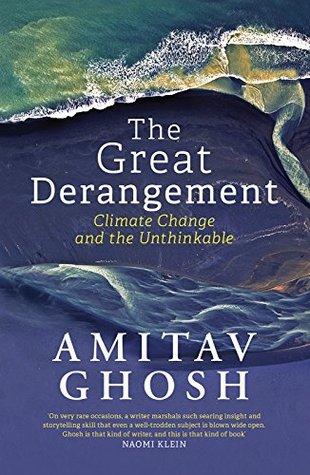Around this time, several steam engines were also built in Calcutta. The skills for the making and maintenance of these machines were abundantly available in and around the city. A historian of Indian steamships notes, ‘the Ganges valley villages were teeming with men whose skills in their own traditional technology were roughly similar to those needed to keep a steam flotilla in service’. This anticipated an important but little-noticed aspect of the age of steam: it was India that provided much of the manpower for the boiler rooms of the world’s steam-powered merchant fleets. Already in the
...more
This highlight has been truncated due to consecutive passage length restrictions.


